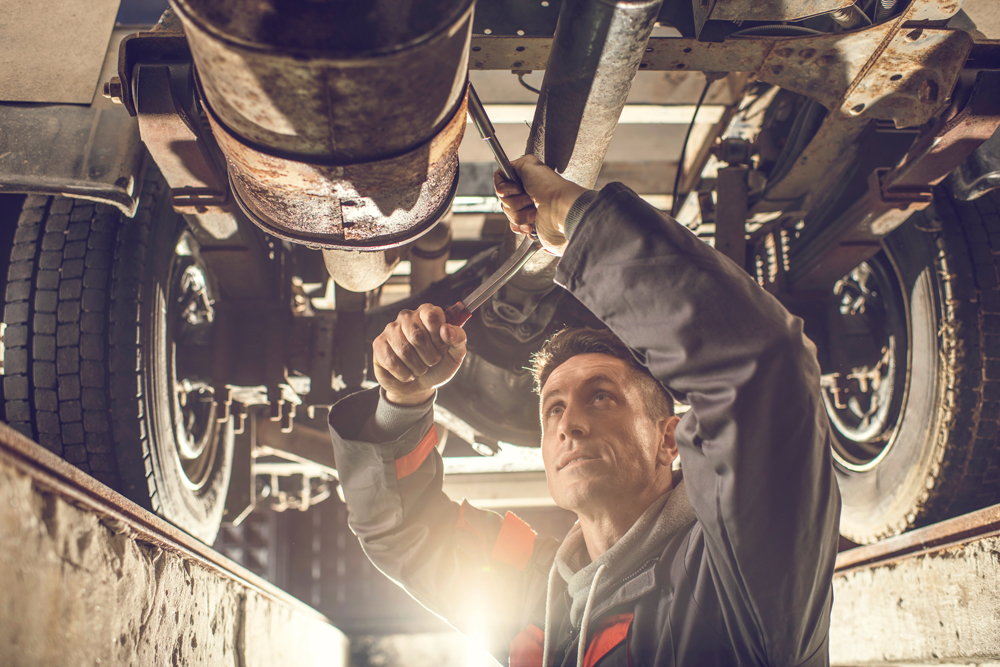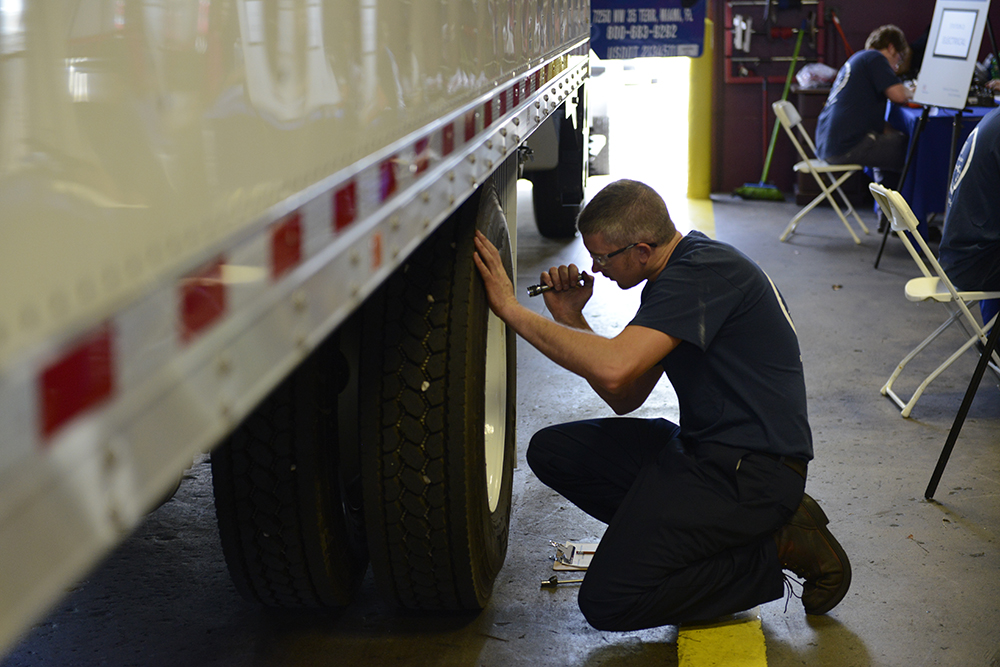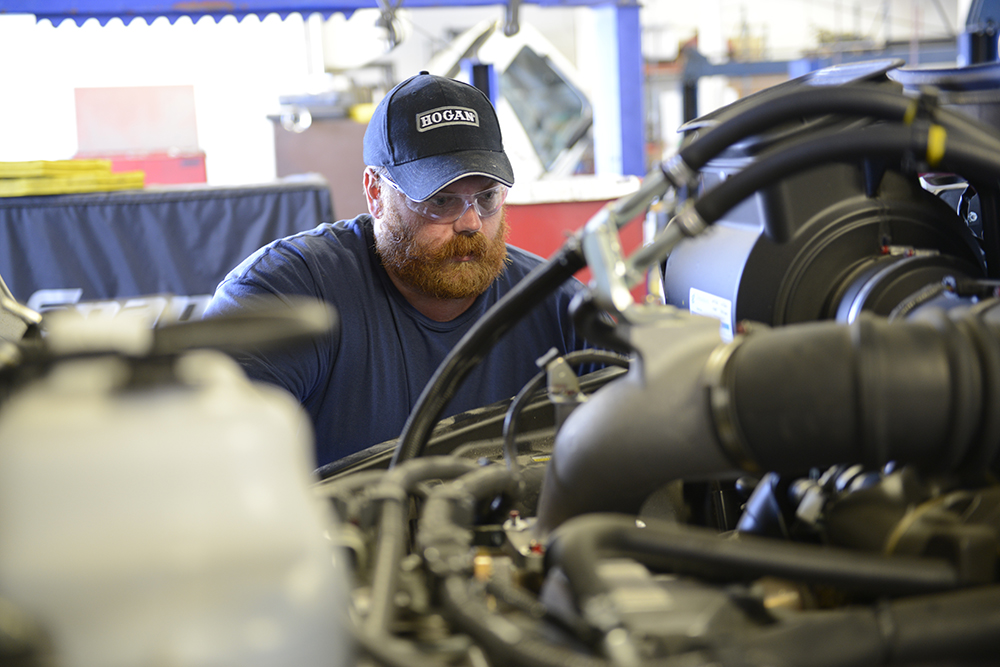If there’s one thing that fleet managers dread, it’s unscheduled and unexpected downtime. But if you don’t have regularly scheduled maintenance for your fleet, that’s a threat you can expect to surface, sooner or later.
Today’s fleets are facing multiple challenges, from high diesel costs to parts and components shortages to driver and tech shortages to a need for extended vehicle lifecycles. With the lack of availability of new trucks (and with no predicted end in sight), it’s more important than ever to ensure that companies get the maximum life out of every existing vehicle in the fleet.
How important is preventive maintenance?
In October 2021, FleetOwner posted an article addressing this issue, “Why PM compliance matters now more than ever.” The article notes that a 2020 report from the American Transportation Research Board found that “Repair and maintenance make up 9% of a fleet’s total average marginal cost of operation.” The article also states, “We all know that older assets need extra attention and for those assets, the fleet is extending beyond their normal operating cycle, ensuring maintenance is scheduled is even more critical than it is for newer vehicles.”
To ensure that their vehicles are road-ready (and stay that way), fleets must do complete regular preventive maintenance (PM) on every vehicle in a fleet regardless of its age and condition. Although the FMCSA requires an annual full inspection of vehicles, many fleets fortunately regard that as a minimum requirement. Scheduled maintenance is often influenced by OEMs and components manufacturers’ recommendations and warranties. But it’s more than just the scheduling of maintenance. Managers must also ensure that vehicles are compliant with the schedule and that means keeping track of each vehicle’s maintenance records.
The benefits of preventive maintenance
Lifecycle extension – Every truck has its own lifecycle based on the types of roads it travels, the type of work it supports, and the miles it travels. Regular maintenance can extend the lifecycle of your existing vehicles by making sure that attention is paid to the aforementioned details so that techs know if there are areas that might need special attention. That also requires looking at maintenance history for prior problems and repairs.
Fuel economy – The prices are outrageous and getting worse every day. Keeping trucks in prime shape (plus reducing idling and speeding) can help optimize fuel usage. According to an article in worktruckonline, “Routine checks to motor oil, tire pressure, engine tune-ups and replacing clogged air filters have all been shown to improve gas mileage.” A report from the North American Council for Freight Efficiency (NACFE) found that consistent robust preventive maintenance practices result in a 5 percent to 10 percent improvement in fuel consumption. And with the cost of diesel and fuel representing approximately 60 percent of a fleet’s total operating costs.
Less downtime – A 2019 article in FleetOwner cited a study that showed that “the average truckload carrier that participated in the study operated 10,663 miles between breakdowns. However, the top-performing fleet in the study had only one breakdown every 75,528 miles.” Although you may not achieve best-in-class result from your preventive maintenance program, you can very likely improve and rise above the average.
It’s clear that scheduled maintenance matters. Scheduled preventive maintenance is obviously a key requirement to keep your fleet on the road and in good condition. But today, that may not be enough. Read this blog from NationaLease’s Vice President of Truck Technology & Maintenance, Joe Puff, on the value of predictive maintenance to see how much more efficient you can make your fleet with the right kinds and timing of maintenance schedules.




